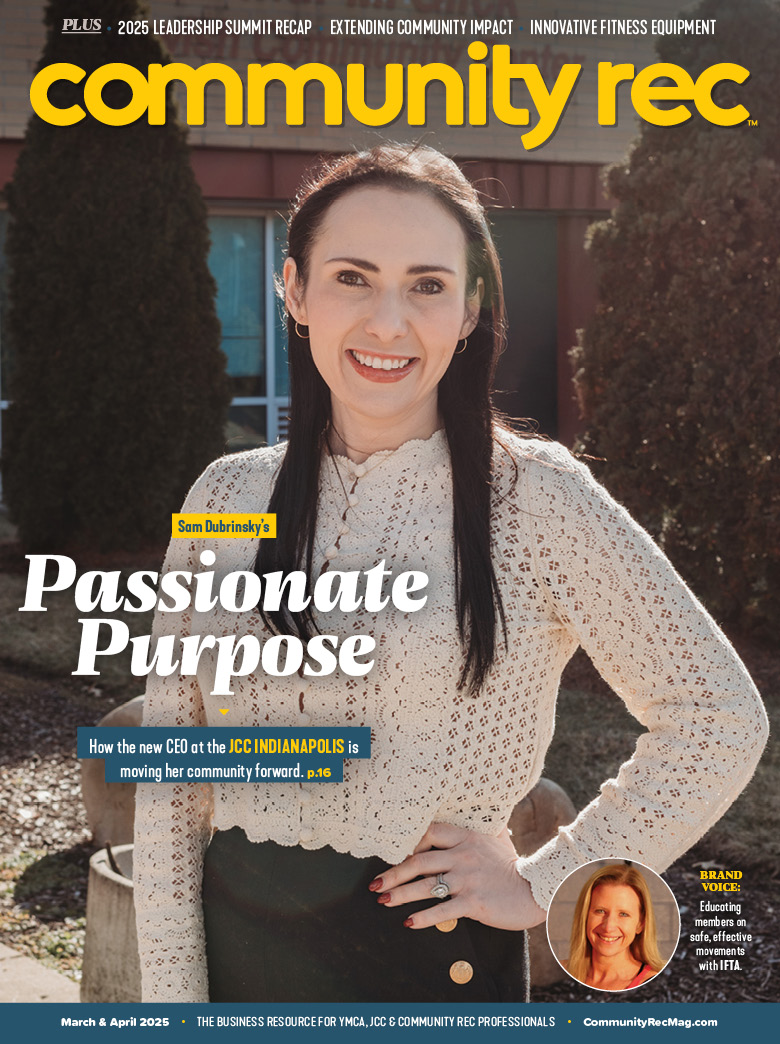Industry leaders share about their budgeting processes, top mistakes to avoid and cost-cutting tips for success.
Every leadership team member knows budgeting 101 starts with forecasting. But the events of 2020 made it near impossible to predict what could happen in 2021.
To gain insight on how the industry can get back on track, three leaders in the community recreation industry shared about their budgeting processes, mistakes to avoid and cost-cutting tips for success.
Budgeting Process
At Grapevine Parks and Recreation in Grapevine, Texas, Chris Smith, the deputy director, said the department works heavily with the city’s finance department to forecast and predict budgets for the year. This includes a thorough analysis of operations and maintenance of their parks system.
“Internally, we look at past performance and what we have in the current parks system,” said Smith. “For example, if we are reaching the end of life for equipment replacement, then we budget for that. Additionally, we pay close attention to the parks and recreation trends. If there is a sport on the rise, we may introduce additional programming around that sport.”
Bryan Snodgrass, the chief operating officer at the Burbank Community YMCA in Burbank, California, said his team’s budgeting process is all about looking at the bigger picture.
“Each department’s director develops their individual budgets for the upcoming year, then combines them into one larger budget to see the bigger picture,” said Snodgrass. “There’s some back and forth between our accounting department, CEO, COO and the directors until we’re able to create a budget that is balanced. We then take the budget to our finance committee for a recommendation to pass the budget at our next board of directors meeting.”
At the Barshop Jewish Community Center in San Antonio, Texas, the process is similar in terms of forecasting and individual budgets, but the team also works toward a special goal of “getting to zero.”
“We don’t budget to make money, and we also don’t budget to lose money,” said Saul Levenshus, the president and CEO of the Barshop JCC. “I reject the concept of non-profit — we are a not-for-profit business, which means our goal is zero. We tell our staff get to zero — you can run any program you want to run, because you already have the resources at your disposal, you just have to get to zero.”
Mistakes to Avoid
Everyone makes mistakes, but the key is to not make them twice. Levenshus said when it comes to budgeting, mistakes get made because of an ineffective system and poor communication.
“In our system, being organic and holding everybody accountable for their own budget means everybody starts with the notion they’re going to be held accountable,” said Levenshus. “If people don’t feel accountable, they are subject to mistakes.”
Levenshus elaborated the best way to hold staff accountable is to simply involve them and set the intention from the start of hire. “Involving them means helping them understand. If they understand their program, they’re going to understand the budget and there are no surprises,” he said. “They have access to budget information through our database system. The more they know, the more effective they can be and the more successful we are.”
At the Burbank Y, Snodgrass added one of the biggest mistakes he has seen is creating a budget with no wiggle room for things to go wrong. While you can’t plan for every event that happens in a budget, you can add a little extra funding for staffing — in the event you need a sudden substitute for classes — or supplies for an unexpected emergency.
For Smith at Grapevine Parks and Rec, failing to consider trends and relying too much on doing the same thing year after year is a common mistake he suggested avoiding. “Things are moving fast, and we have to be progressive and innovative in our approach,” he said. “Another mistake is not taking full advantage of technology and utilizing it to help cut costs.”
Cost-Cutting Tips
Saving money has been top-of-mind, now more than ever. To help cut costs, Snodgrass suggested taking inventory of your supply stock each year before creating a budget to help avoid extra purchases. Another idea is to check ahead of time for opportunities to buy items in bulk that multiple departments have requested.
Additionally, a simple solution to cutting costs is to get the most out of your staff. “Oftentimes, our staff have interest in multiple program areas,” said Snodgrass. “Perhaps there are ways to use one employee to fill two open positions. This takes some coordinating among department directors, but you can often cut costs while also promoting team building between directors.”
Levenshus shared a similar approach to cutting costs and advised leaders to always be mindful of maximizing the resources at your disposal. “We do a lot of overlapping,” he said. “I’ve got a really talented staff, and they have skill sets that overlap into other areas. When I can take advantage of their skills outside of their department, I do. Nobody gets to say, ‘That’s not my job.’ Rather, everybody does everything.”
Lastly, Levenshus elaborated his biggest tip is to not be greedy, stating bigger isn’t better — better is better. “You don’t have to build a bigger event because next door had a bigger event, and you don’t have to try and make more money by charging more money,” he said. “The goal is engagement — get people involved and the money will follow engagement.”










